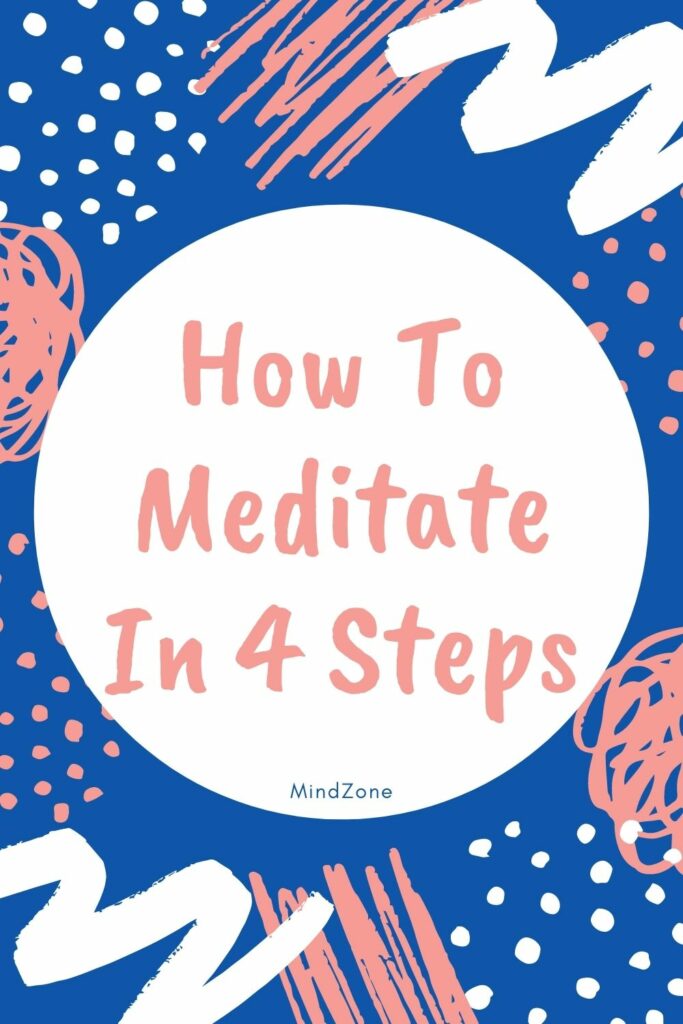What is Meditation?
Meditation might sound like a difficult foreign concept, but meditation for beginners is actually very simple. There’s no need to be intimidated.
Meditation is a basic process to improve your mindfulness in various ways. Different cultures have differences in their meditation practices, but they all involve a state of calm and deep thought.
There are several meditation apps that can help you get started. The best meditation apps feature sleep stories, guided mediation, and more. So how to meditate for beginners?
Benefits of Meditation
Meditation is often used to train attention and awareness of individuals. It can be a powerful tool to increase concentration, reduce stress, or process powerful emotions. Meditation for sleep is popular among those who suffer from insomnia or other sleep problems. Then, you may ask: “How to meditate for beginners?”

How to Meditate for Beginners in 4 Steps
Meditation is quick and easy. The hardest part is just finding a time and place where you can be alone for a few minutes. Ideally, the place is also quiet or has only natural sounds. Try to avoid noise from traffic. Even if the circumstances aren’t quite perfect, you can still meditate.
- Step 1: Find a comfortable and upright sitting pose
- Step 2: Breathe deeply
- Step 3: Pick a focus point
- Step 4: Cultivate patience and self-compassion
Step 1: Find a comfortable and upright sitting pose
The first thing is to make sure that you are sitting in a relaxed and comfortable position. You might have seen images of an Eastern guru sitting in a special position, with hands in specific positions.
Generally, a cross-legged position on a soft surface can be a good choice, but make sure your knees are below your hips and your back is upright. In reality, all you need to be is comfortable. You can sit in any position you like, some people like to lay down.
Step 2: Breathe deeply
Try start with inhaling and exhaling through the nostrils, allow your chest and abdomen to expand as you breathe deeply. Just gradually deepen your breathe more and more, and then you will feel more relaxed over time.
An extra tip, choose a sound for your timer that is relaxing. Many phones default to a nuclear alarm warning, which is designed to make you feel panicked. Choose something else.
Step 3: Pick a focus point
This is the heart of meditative process, and what allows for the fullest benefits to be unlocked. Don’t stress it, just begin by picking something to focus on, and it could be a point on the floor a few feet in front of you, a soothing sound, an image in your mind, or just your breathing.
Step 4: Cultivate patience and self-compassion
Behave as you would a hyperactive friend, and acknowledge the thought. After that gently invite your attention back to your focus point without judging or criticizing yourself. DON’T TRY TO CONTROL YOUR BREATHING. Just let it happen, and watch how it affects your body.
Try Meditating Today!
Meditation is a great practice. Guided mediation to fall asleep especially is a great feature that is growing in popularity.
If you need help starting, try out Mindzone, an excellent meditation app. It makes getting started a breeze, and it’s guided mediation to fall asleep is especially popular.



2 comments